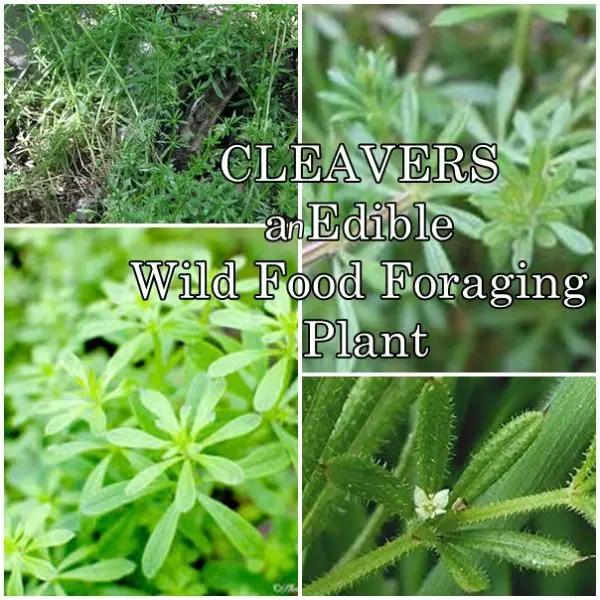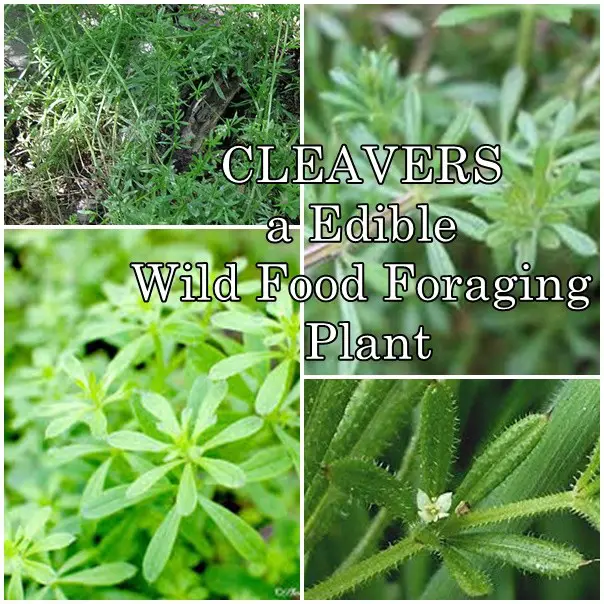Cleavers a edible wild food foraging plant that is sometimes called Goosegrass or Bedstraw and 3 parts the seeds, leaves, stems can all be eaten. Many plants just like cleavers are ready sources of protein, vitamins and minerals, much like their farm raised crops. The key to foraging is being able to tell the difference between what is edible and what should should avoid.



